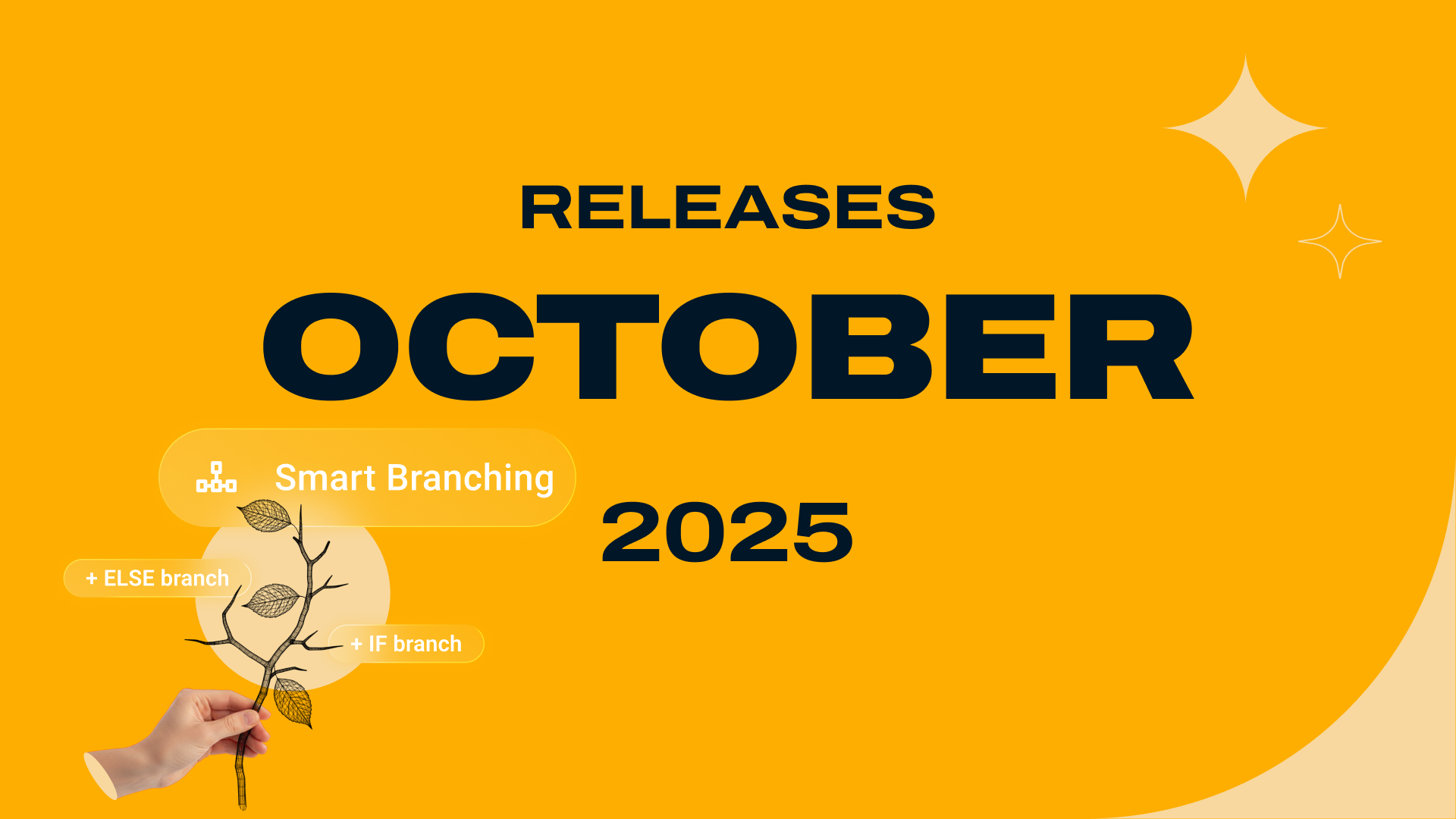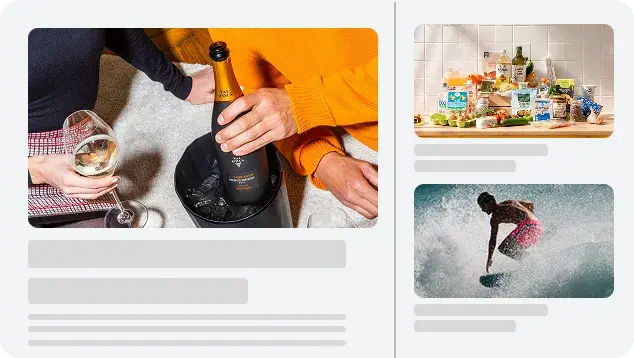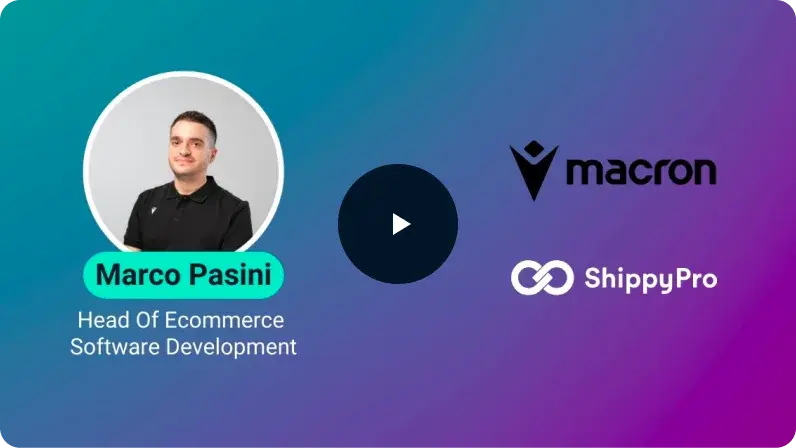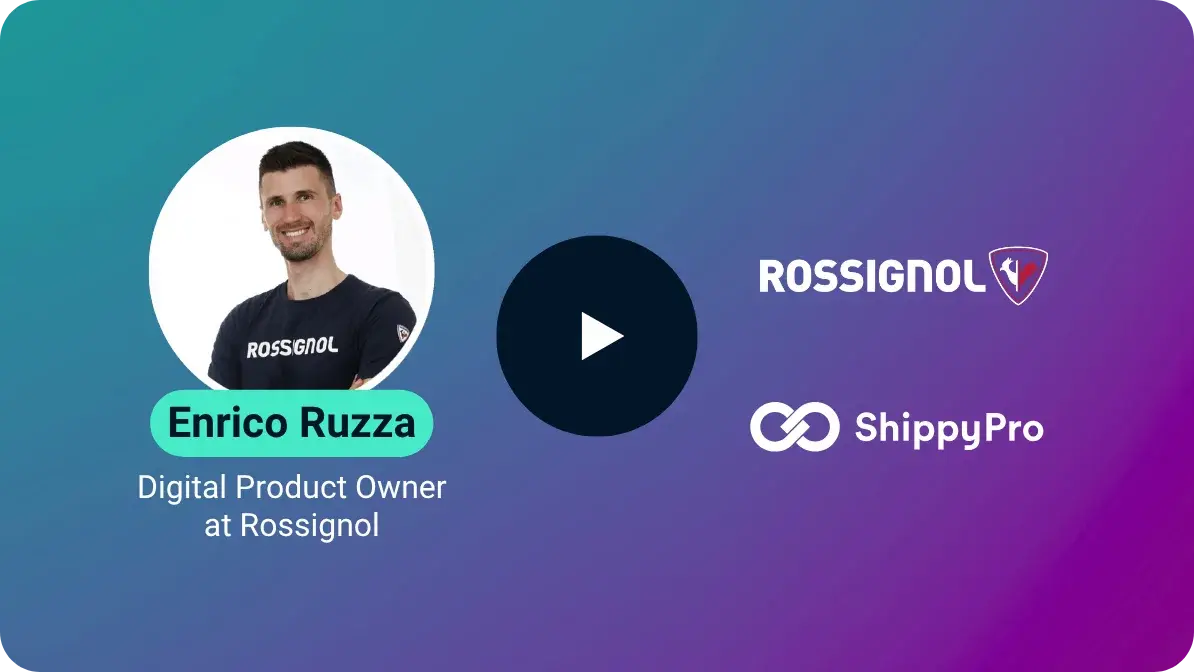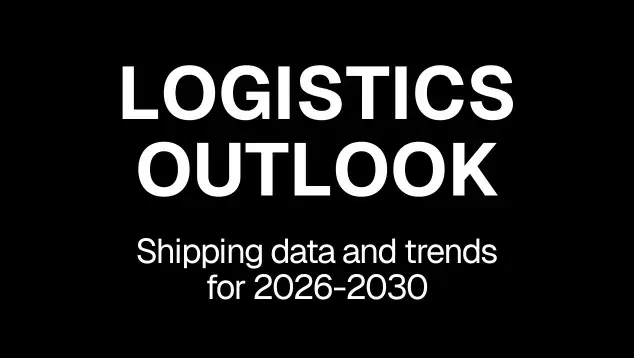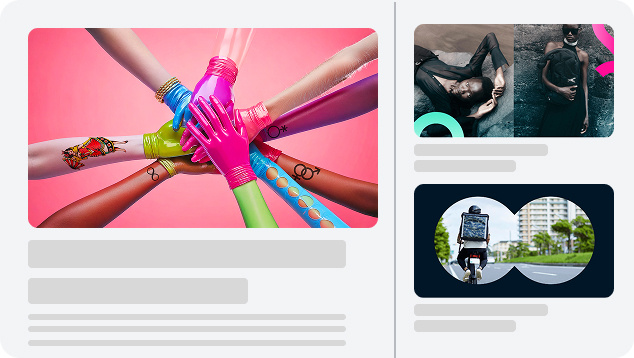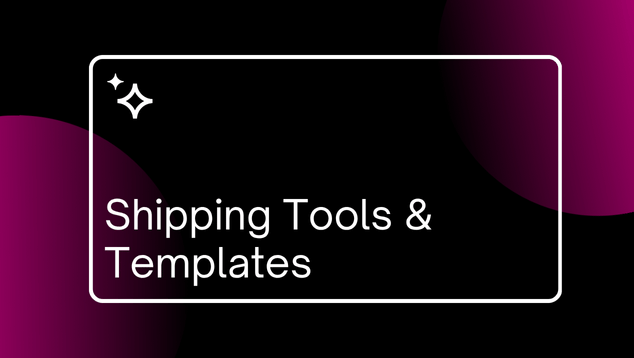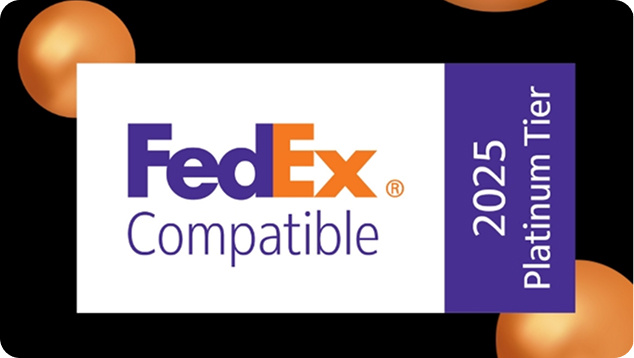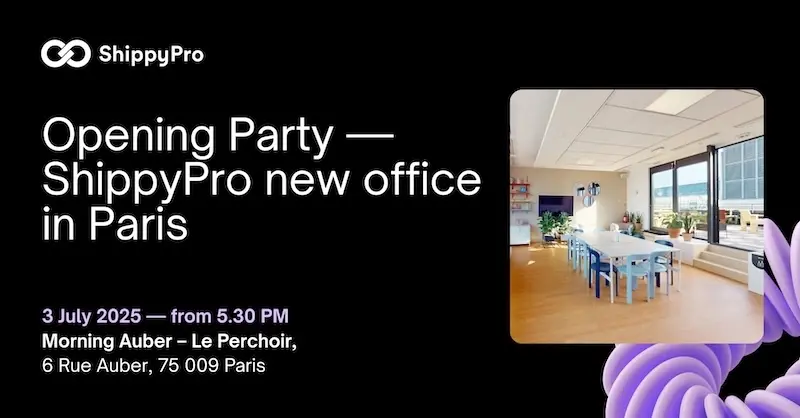Post-purchase cross-sell emails to increase conversions
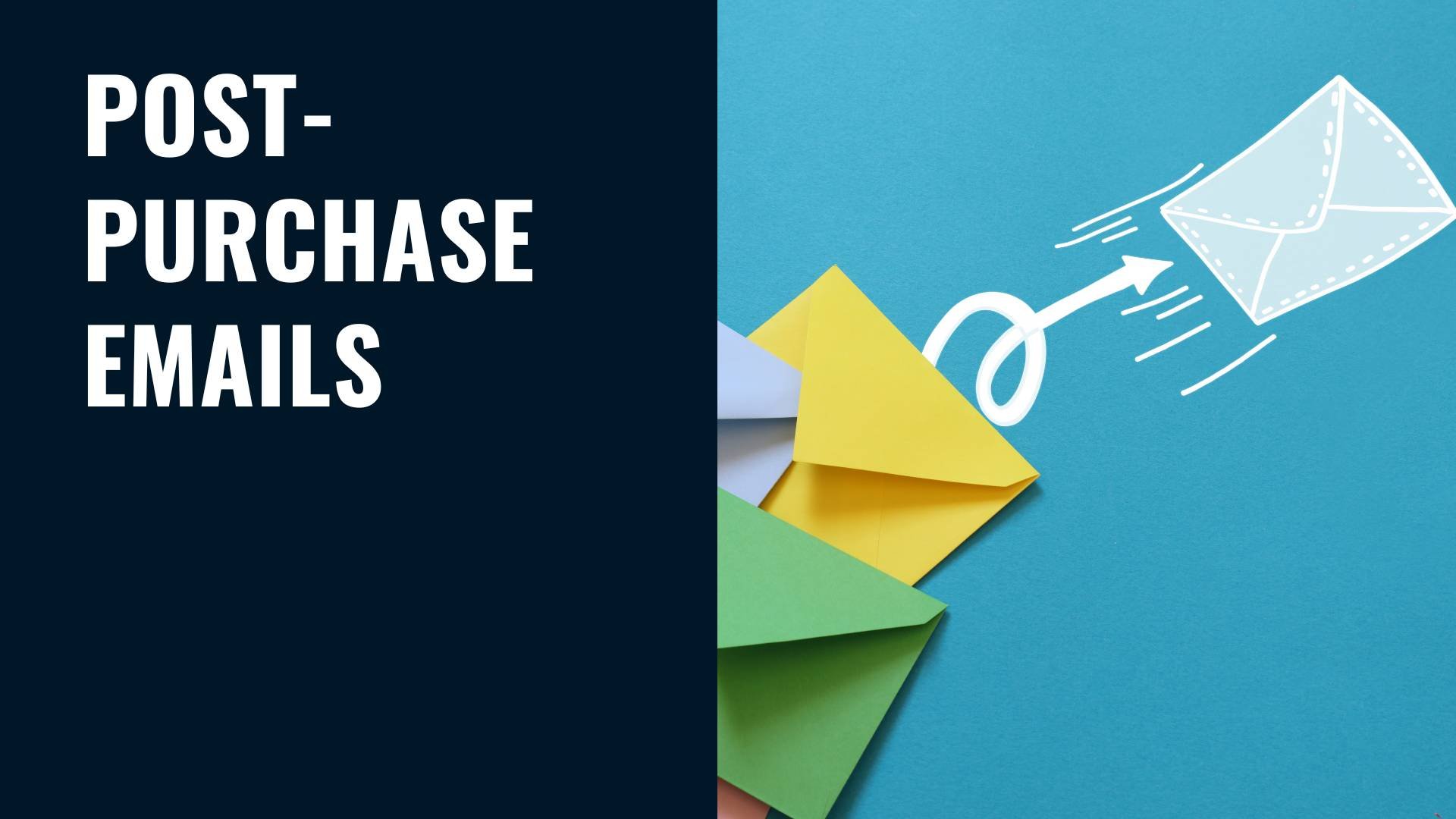
When I think about cross-selling, there's one example that always pops into my head. I guess that means it's pretty effective, right? No wonder, it’s Amazon I’m talking about - and I’m sure you’ll recognise it is too.
Precisely when you're browsing and about to add an item to your cart, there's always that tempting suggestion: 'You might also be interested in...' or 'Most customers buy these products together.'
It's a scenario many of us know all too well, a subtle yet persuasive input to purchase a little extra something. This often leads to discovering products we didn’t even know we needed.
What makes these recommendations effective is that the suggested products are always items that align perfectly with present selections and could be really useful for us.
This is how Amazon masters the cross-selling art, turning a single purchase into an opportunity for more by presenting complementary items. Not only does this enhance the shopping experience but it increases sales too.
In this article, we're going to explore cross-selling emails and how they unlock new levels of customer engagement and growth. Let's dive in and discover how to make them work for your business.
What is email cross-selling?
Cross-sell emails are a type of marketing strategy where businesses suggest additional, related, or complementary products to customers. These suggestions are based on what the customer is currently viewing online on an ecommerce website or related to the items they have added to their shopping cart. Normally, online stores leverage customer past purchase histories to personalise these recommendations, encouraging them to revisit the store, often after an abandoned cart or if they didn’t finalise their shopping journey.
Strategic post-purchase communication
Cross-sell emails are also effective after customers complete a purchase because they take advantage of the fact that people are still in “a buying mood”. The primary goal of post-purchase cross-sell emails is to effectively re-engage with customers, encouraging them to buy new products after they have purchased from an online store. How to do so?
An effective strategy for post purchase emails is to leverage the emails that customers read the most: transactional emails. In fact, you can offer more than logistics in your communication! Not every post-purchase email has to be purely transactional. Consider offering incentives or sending personalised recommendations in your order confirmations or tracking emails to enhance your customers’ shopping experience!
The power of email cross-selling: high engagement rates
As mentioned above, the power of these emails lies not only in their effectiveness in converting desired products into sales but also in the engagement they create with customers even after they leave an online store.
Post-purchase cross-sell emails have notably very high engagement rates, with more than half of recipients opening them (61.7% open rate). These emails also create a high level of interaction, namely a 9.7% rate of clicks and a conversion rate of 9.16% following those clicks. Furthermore, incorporating personalised product recommendations into these communications has been shown to increase the average value of orders up to 28%.
Salescycle
Post purchase email strategy: why is it beneficial?
Repeat purchases
Engaging your existing customer base is generally more convenient than just focusing on chasing new customers. This is because repeat customers tend to spend 67% more than new ones. In fact, they already trust your brand and are more inclined to buy more expensive products.
Furthermore, acquiring a new customer is on average 5 times more expensive.
This cost-effectiveness makes cross selling a smart strategy for a business, encouraging repeat purchases and increasing AOV.
Personalization is a loyalty driver
Truly effective cross-sell emails hinge on the ability to recommend products that really resonate with people's interests and needs. In this way, people feel understood and valued. In fact, to do so, you need to be able to access information about your audience, precisely because throwing products randomly at your customers is counterproductive.
Software to analyse customer data and browsing patterns help businesses refine their product recommendations, thus increasing the likelihood of sales and strengthening customer loyalty.
These automatic recommendations adapt constantly, aligning with the evolving needs of customers and become an essential part of the shopping experience.
Wouldn’t you want to be the brand your customers turn to first?
Cross-selling emails and Customer Lifetime Value (CLV)
The connection between cross-selling emails and increasing a customer's Lifetime Value (CLV) is quite strong, because recommending relevant products not only increases chances of immediate sales but, more importantly, it reinforces customers’ connection with your brand.
CLV is a metric that estimates the total revenue a brand can expect from a single customer over the course of their relationship with the brand.
However, CLV entails more than just profit. In fact, it helps to understand how strong a relationship with existing customers is.
The aim should be to increase CLV and nurture these relationships, thereby leading to repeat purchases, higher transaction values, and a longer customer lifespan.
More importantly, CLV is useful to identify the loyal customers who not only drive revenue but recommend your brand to others. Word of mouth is one of the most powerful marketing strategies that requires no direct investments!
Post purchase email flow examples
Increase Average Order Value (AOV) with pre-shipping product add-ons
This smartly crafted post-purchase email strategy by Dollar Shave Club capitalises on the open rate of transactional emails and the fact that customers are keen on this form of communication. Along with delivery information, this email encourages customers to add more items to their upcoming shipment, by presenting other products that are a natural extension of the current purchase in a visually appealing way. The design minimises decision-fatigue and the formula is a convenient way to shop.
Thank you emails
This Adidas thank you email is a clever example of turning a routine communication into something useful. In fact, this post-purchase email becomes a strategic touchpoint. It leverages the recent excitement for the purchase by thanking the customer and presenting additional products. The inventive, visual use of wordplay combined with the “Complete the look” concept maintains the momentum of the recent shopping experience, stimulating an interest for that style that is still alive, thus encouraging further exploration of the brand’s product offerings.
But what if your customers don’t complete a purchase? Here’s a great example of a cross-sell cart abandonment email by ASOS that re-engages with customers who were interested in some items but didn’t finalise their transaction.
Post purchase email flow best practices
Create sense of urgency with limited discounts
When you offer a series of related or complementary products, consider adding exclusive discounts or limited time offers. These create a sense of urgency and value, encouraging immediate action, especially if you bundle relevant products together.
Add social proof
Showing what other people bought or adding social proof in your post-purchase emails is an effective strategy to capture user attention. In fact, people are always interested in the experiences of others and 57% of consumers are willing to buy a product only if it has over 4-star rating.
Consider sharing useful tips on how to use products
For example, if you sell beauty or skincare products, you can send a skincare routine guide to your customers, where you outline the features of all the products that complete the regimen. In this way, you will add value to the purchase and intelligently inform users about other items you sell.
Create intriguing subject lines and use engaging design
Crafting catchy subject lines that raise curiosity is essential to boost email open rates. Keep everything simple and employ a visually appealing layout with prices and product images that make it easy for customers to understand and act upon your offers.
Remember to personalise your approach, addressing everyone by name, and clearly highlighting the personal benefits they’ll gain.
Timing and relevance
Post-purchase cross-selling email success hinges on two factors: timing and relevance. Advanced tools that analyse user interactions with your site, allow you to provide relevant, value-adding recommendations that align with your customers’ interests and needs. Moreover, applying targeting rules and leveraging automation are essential to send cross-sell emails at the right time to increase their effectiveness. For example, sending an automatic cross-sell email after a purchase, recommending products that complement what was just bought, can be extremely effective and enhance users’ shopping journey.
Conclusions
Post-purchase email cross-selling is a really effective marketing strategy, especially if integrated in emails that are relevant to your customers, such as order confirmation emails, thank you emails or tracking emails.
Remember to always suggest items that add proper value to customers.
This method is strategic in pretty much every industry. Generally speaking, if you recommend a shoe polishing product when your customers buy a pair of leather shoes, you will always benefit from this communication for two reasons; on the one hand, it might encourage them to add something extra to the cart, while on the other, even if you don’t successfully sell the polisher, they already know more of your store’s products. And this might encourage them to come back to you in the future!
A crucial moment to leverage customer interest and secure sales is while they are still in an active shopping mood or by taking advantage of their high interest in transactional emails - these boast the highest open rates!
This is why ShippyPro combines efficient logistics management with strategic marketing thanks to its innovative post purchase product recommendation tool. Retailers can automatically send shipping notifications, via email and SMS, integrated with smart advertising, allowing customers to view recommended products based on their purchase history and preferences. This not only re-engages customers effectively but also sends them back to your store, where they can potentially find more products they are interested in.
*Source data.
Passionate freelance copywriter, with a niche in ecommerce and logistics. When collaborating with ShippyPro, she loves writing about trends, marketing and communication strategies to help brands gain an edge in an ever-evolving digital landscape.
